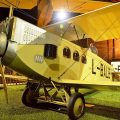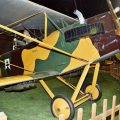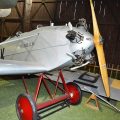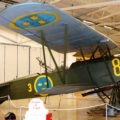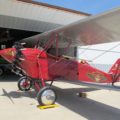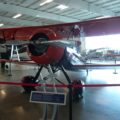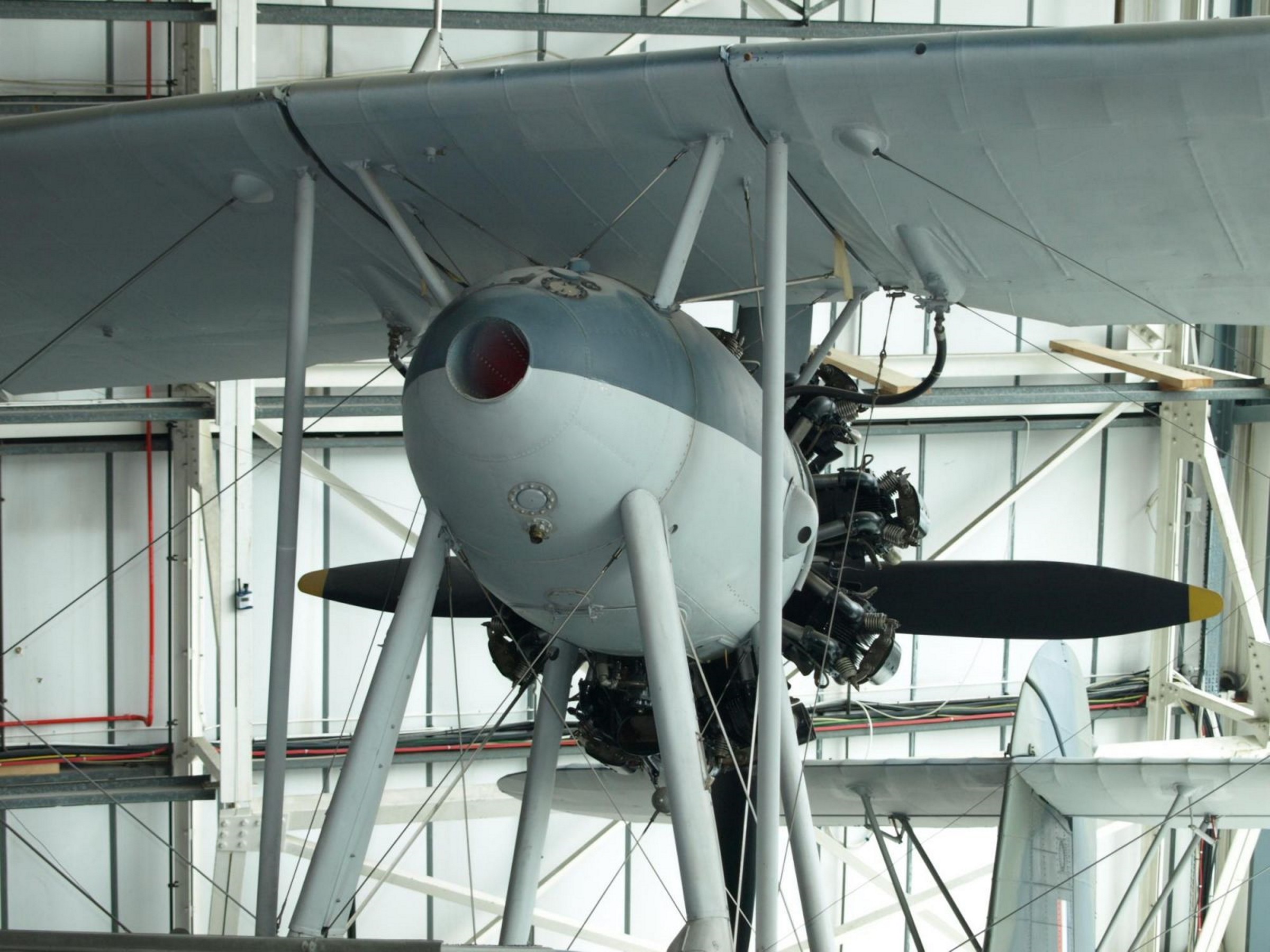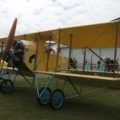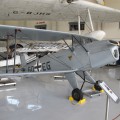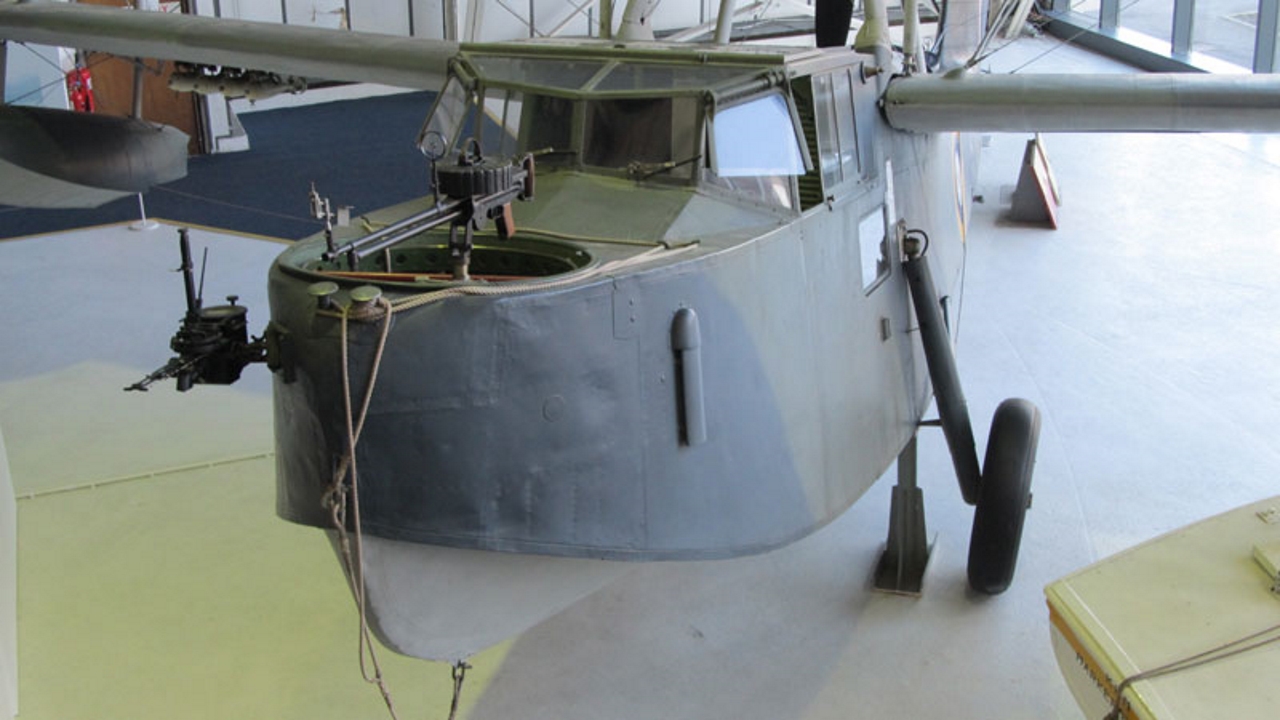
Супермарин Чайка V | |
|---|---|
| Страны | Великобритании |
| Роль | Amphibious reconnaissance aircraft |
| Первый полет | 21 June 1933 |
| Построен | 740 |
Teh Супермариновый морж (originally known as the Supermarine Seagull V) was a British single-engine amphibious biplane reconnaissance aircraft designed by R. J. Mitchell and first flown in 1933. It was operated by the Fleet Air Arm (FAA) and also served with the Royal Air Force (RAF), Royal Australian Air Force (RAAF), Royal New Zealand Navy (RNZN) and Royal New Zealand Air Force (RNZAF). It was the first British squadron-service aircraft to incorporate in one airframe a fully retractable main undercarriage, completely enclosed crew accommodation and all-metal fuselage. Designed for use as a fleet spotter to be catapult launched from cruisers or battleships, the Walrus was later employed in a variety of other roles, most notably as a rescue aircraft for downed aircrew. It continued in service throughout the Second World War.
Источник: Supermarine Seagull V on Wikipedia
| Supermarine Seagull V Walk Around | |
|---|---|
| Фотограф | Сес Хендрикс |
| Локализации | Неизвестная |
| Фотографии | 41 |
Похожие комплекты:
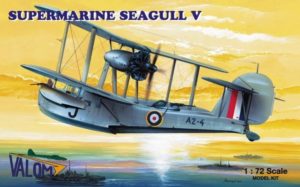
| Supermarine Walrus Mk.I (Seagull V) Walk Around | |
|---|---|
| Фотограф | Неизвестная |
| Локализации | Неизвестная |
| Фотографии | 42 |
Найти наборы на eBay:
| Supermarine Seagull Mk.V | |
|---|---|
| Фотограф | Владимир Якубов |
| Локализации | Музей RAAF, Пойнт Кук |
| Фотографии | 96 |
The Supermarine Seagull V was a British amphibian biplane that was designed for reconnaissance and spotting missions from naval vessels. It was also known as the Supermarine Walrus, and it was the last biplane flying boat to be produced by Supermarine. The Seagull V first flew in 1933, and entered service with the Royal Australian Air Force in 1935, followed by the Royal Navy, the Royal Air Force, and other Commonwealth air forces. The Seagull V had a single Rolls-Royce engine that drove two contra-rotating propellers, and a retractable undercarriage that allowed it to land on both water and land.
The Seagull V had a crew of four, and could carry bombs, depth charges, or flares. It was used for various roles during the Second World War, such as maritime patrol, air-sea rescue, anti-submarine warfare, and convoy escort. The Seagull V was also capable of performing aerobatics, as demonstrated by its test pilot at an air show in 1933. The Seagull V was eventually replaced by more modern aircraft and helicopters, and was retired from service in the late 1940s.
Просмотров: 2058
